Moving from emergency response to sustainable development
According to the Department of Disease Prevention ( Ministry of Health ), the most prominent new point of the Strategy is the change in thinking in HIV/AIDS prevention and control: It is no longer a separate activity but is considered part of the universal health care system.
Instead of focusing on situational management, the new phase strategy emphasizes sustainability, expanding service coverage, improving quality, reducing stigma, and ensuring that all people have equal access to HIV prevention, treatment, and care services.
Integrating HIV services into the primary health system
According to the Department of Disease Prevention, another breakthrough is the integration of HIV/AIDS prevention and control services into the grassroots health network, linked with primary health care programs.
People infected with HIV can receive treatment locally through the system of health stations and district-level medical examination and treatment facilities, instead of having to travel to specialized facilities far from home as before.
This not only helps reduce costs and makes it more convenient for patients, but also contributes to normalizing HIV/AIDS prevention and control work like other medical services.

HIV/AIDS patients are provided with prevention services, testing, HIV treatment connection, PrEP, Methadone replacement treatment... to achieve the set goals in HIV/AIDS prevention and control.
Currently, the country has 519 ARV treatment facilities, 382 Methadone Treatment (MMT) facilities, and more than 1,300 HIV screening and counseling facilities, deployed in 34 provinces and cities. ARV treatment services through health insurance (BHYT), HIV self-testing via the website tuxetnghiem.vn, flexible PrEP model (pre-exposure prophylaxis) or MMT treatment at home... are being replicated, bringing about clear effectiveness in the community.
According to the Department of Disease Prevention, the journey towards the goal of ending the AIDS epidemic still faces many obstacles. This is due to many factors, such as the sharp decline in international aid, which has made many services that depend on funding, such as PrEP or activities of community-based organizations (CBOs), face difficulties. Meanwhile, domestic resources are still limited, mainly relying on the health insurance fund for ARV and a part of the state budget.
In addition, administrative restructuring, agency mergers and changes in local government models also affect the progress of HIV/AIDS prevention and control at the grassroots level.
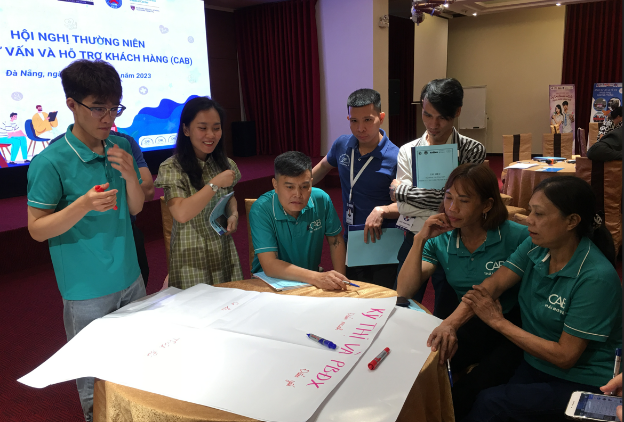
Community groups discuss HIV/AIDS prevention measures.
Another notable challenge is the rapid increase in new infections among young people (15-29 years old), especially students and industrial workers. Men who have sex with men (MSM) and synthetic drug use are increasingly common, making the HIV epidemic more complicated.
In addition, a lack of specialized medical staff and stigma and fear of people living with HIV still exist in some localities, hindering efforts to expand access to services.
Sustainable strategic direction and policy
Faced with that reality, the Ministry of Health determined that, to achieve the goal of "ending the AIDS epidemic by 2030", HIV/AIDS prevention and control must become a sustainable part of the grassroots health system.
The health sector is promoting health insurance payments for treatment services, confirmatory testing, and viral load monitoring; at the same time, socializing unpaid services such as PrEP, self-testing, condoms, and clean needles and syringes.

According to the Department of Disease Prevention, the promulgation of the national strategy to end the AIDS epidemic by 2030 has marked a strong shift in Vietnam: from emergency response to sustainable development, focusing on people and aiming for the goal of "leaving no one behind".
The Ministry of Health is also developing the National Target Program on Health and Population for the 2026-2035 period, including a separate sub-project on HIV/AIDS prevention and control with essential activities: HIV screening and confirmation testing, supporting community outreach workers, providing ARV drugs to groups without health insurance...
In parallel, the Project to end the AIDS epidemic by 2030 and prevent a resurgence after 2030 is also being completed for submission to the Prime Minister for approval - creating a long-term legal and financial corridor for ministries, branches and localities to proactively allocate resources.
Towards an AIDS-free future
"We have come a long way in the fight against HIV/AIDS, but the final stage – ending the epidemic by 2030 – requires even more perseverance, innovation and sustainable coordination," the representative of the Department of Disease Prevention emphasized.
With the orientation of making HIV/AIDS prevention and control services an inseparable part of the primary health care system, Vietnam is creating a solid foundation to ensure that all people – wherever they are – can access safe, equitable and humane health services.
It is not only a medical goal, but also a commitment to the right of every human being to live healthy and free from discrimination.
Health and Life Newspaper in collaboration with the Department of Disease Prevention (Ministry of Health) launched the 'National Press Award on HIV/AIDS Prevention and Control'.
The National Press Award on HIV/AIDS Prevention and Control is an award organized by the Health & Life Newspaper in collaboration with the Department of Disease Prevention (Ministry of Health), to honor outstanding press works that truly reflect typical individuals and groups in all regions of the country in the fight against HIV/AIDS.
RULES OF THE "NATIONAL PRESS AWARD ON HIV/AIDS PREVENTION AND CONTROL" ARE AS FOLLOWS:
Article 1. Name of the Award
"National Press Award on HIV/AIDS Prevention and Control"
Article 2. Topics
Outstanding individuals and groups from all over the country in the fight against HIV/AIDS; vividly reflecting the efforts and contributions of groups and individuals in propaganda, prevention, care, treatment and support for people infected with HIV/AIDS and vulnerable groups; contributing to eliminating stigma and discrimination, spreading the spirit of humanity and community responsibility.
Article 3. Contestants
All Vietnamese citizens aged 18 and over, living in and outside the country. Members of the Organizing Committee, Jury, and Secretariat are not allowed to participate.
Article 4. Regulations on contest entries
1. Genre:
- Reportage, memoir, notes, portrait
- Photo: Reportage with at least 10 photos, telling a story through images on a topic related to HIV/AIDS.
- Television, multimedia: Television programs, documentaries on traditional platforms (TV) or electronic platforms, social networks.
2. Form of expression:
Entries can be in many different forms:
- In traditional form (article, video) In new form: Infographic, emagazine, megastory, longform... or combine many forms in one work to best convey the content, message and meaning of the work.
Note:
We do not accept works in the genre of news or regular events related to HIV/AIDS. All works must have a specific topic, be in-depth, have clear ideas and characters.
Do not use fictional characters; do not use special effects to change content or images; do not use artificial intelligence to create works.
3. Contest conditions of the work
- Eligible works must be published and broadcast from July 10, 2024 to November 20, 2025.
- For cases that have not been published or broadcast: The Organizing Committee will select to publish on the Health and Life Newspaper and the Newspaper's ecosystem.
- The Organizing Committee has the right to disqualify incomplete or non-compliant applications.
- The Organizing Committee will not return unqualified works.
4. Application documents
- Author/group information: Full name, pen name (if any), date of birth, gender.
- Contact information: Permanent address, phone number, email.
- Work unit (if any).
- Data to be submitted when participating in the contest:
+ Electronic newspaper: electronic newspaper link.
+ Television: Audio and video with script/narration.
+ Press photos: high resolution original image files, full captions.
- How to submit entries: submit your entry online via the website: https://giaibaochi2025.skds.vn
Article 5. Rights and responsibilities
1. Author
- Responsible for copyright, accuracy and legality of the work.
- Agree to let the Organizing Committee use the work for propaganda, exhibition, and publication (with the author's name clearly stated) in the media and press.
2. Organizing Committee
- Information security, public and transparent scoring and selection.
- Have the right to use the contest entry for communication purposes, not for commercial purposes.
Article 6. Time and address for receiving works
- Time of receipt: From the launch date to November 20, 2025 (calculated from the time of online submission).
- Receiving address: Send online via https://giaibaochi2025.skds.vn.
Article 7. Prize structure
- Award-winning works are divided into 3 groups, each group includes 4 award levels.
+ Written works
+ Group of photographic works
+ Television and multimedia group
- Total of 12 prizes, including:
+ 03 First Prizes: each prize is worth 20,000,000 VND
+ 03 Second Prizes: each prize is worth 12,000,000 VND
+ 03 Third Prizes: each prize worth 8,000,000 VND
+ 03 Consolation Prizes: each prize worth 5,000,000 VND
Source: https://suckhoedoisong.vn/dua-dich-vu-hiv-vao-y-te-co-so-giai-phap-trong-tam-giup-viet-nam-tien-gan-muc-tieu-cham-dut-aids-vao-nam-2030-169251103164755929.htm




![[Photo] General Secretary To Lam and National Assembly Chairman Tran Thanh Man attend the 80th Anniversary of the Traditional Day of the Vietnamese Inspection Sector](https://vphoto.vietnam.vn/thumb/1200x675/vietnam/resource/IMAGE/2025/11/17/1763356362984_a2-bnd-7940-3561-jpg.webp)





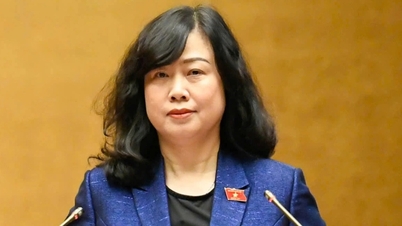




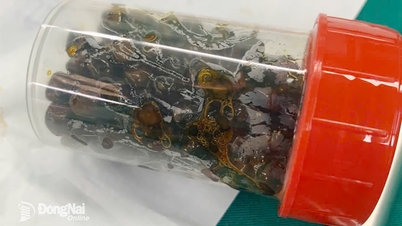


















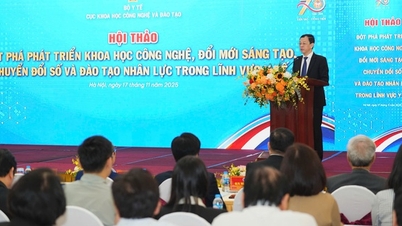




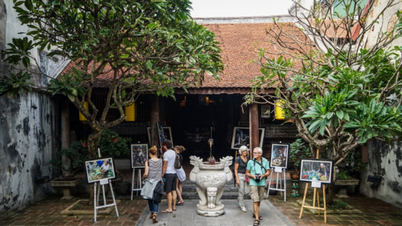
















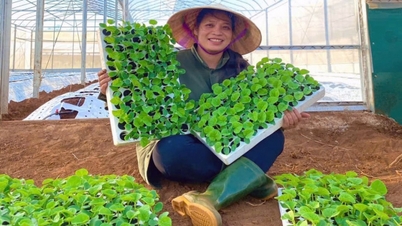




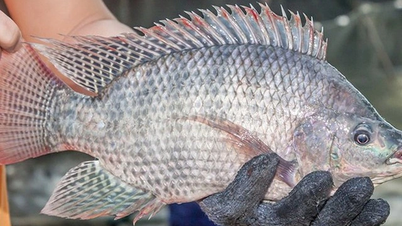









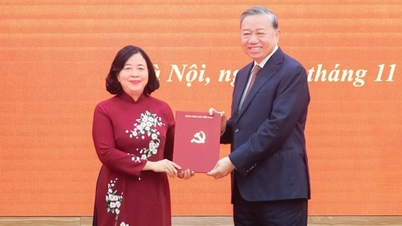


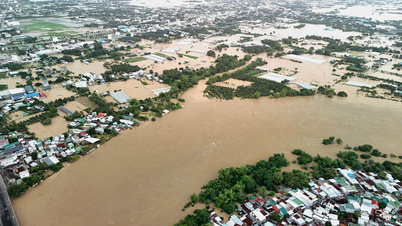












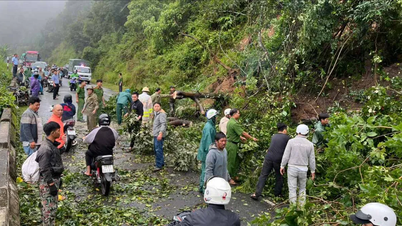





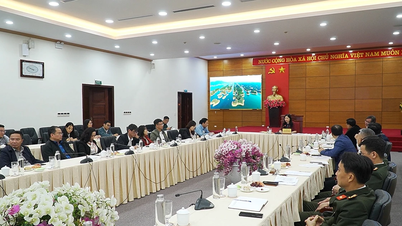












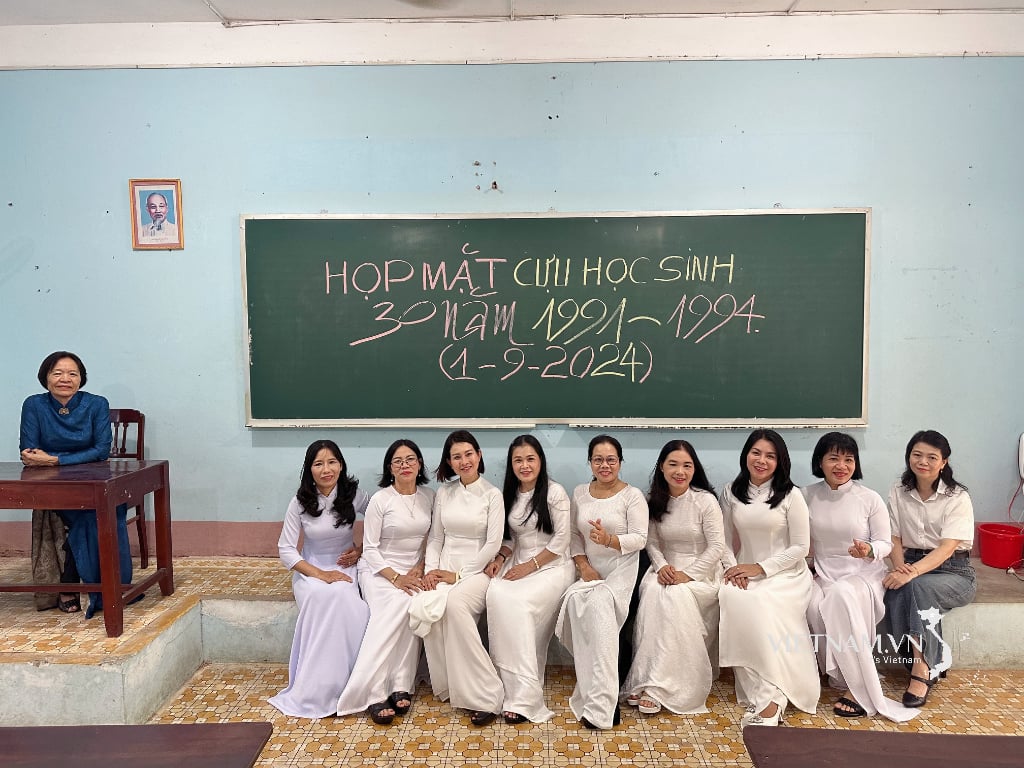


Comment (0)